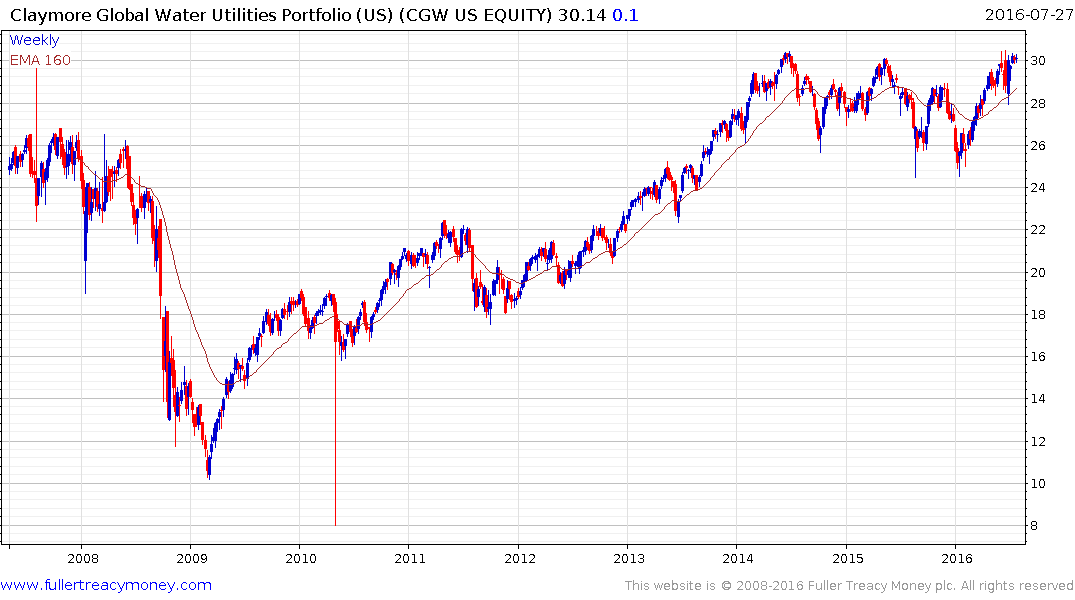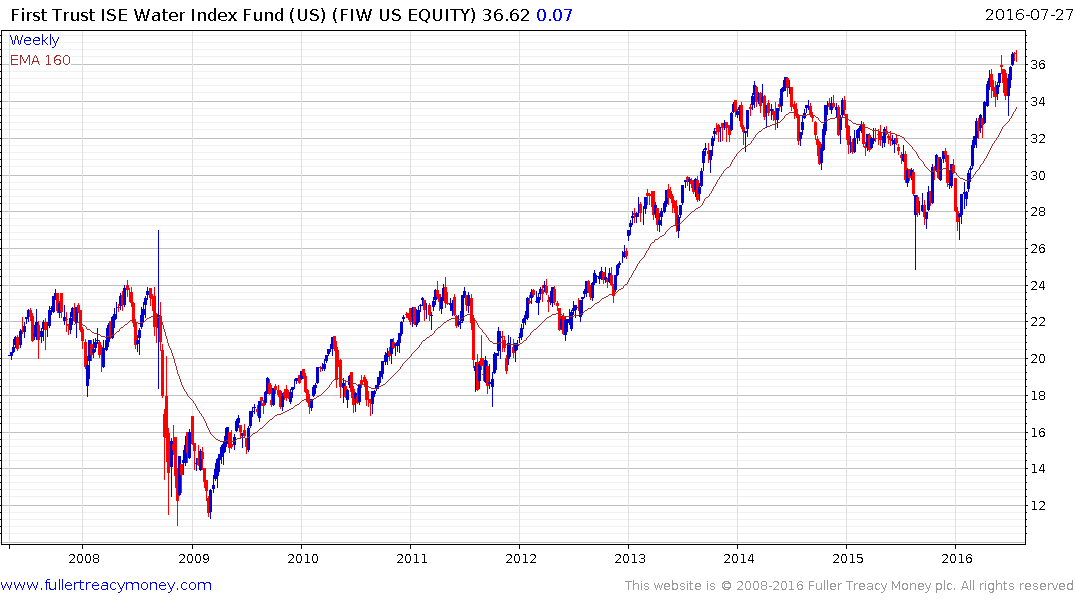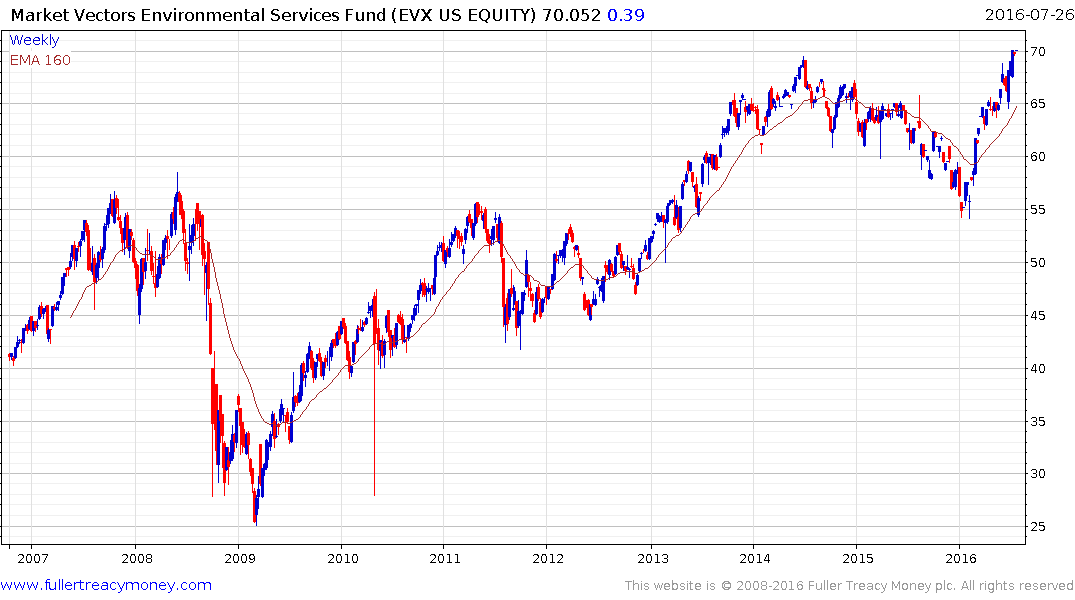3 Trends in Wastewater Treatment
Thanks to a subscriber for this article by Ralph Exton at GE. Here is a section:
It is critical that we seek to spur increased adoption of water reuse – a strategy that allows the world to take advantage of a water source constantly replenished every day regardless of drought or climate change. Treated municipal wastewater is a virtually untapped resource. In North America, 75 percent of wastewater is treated (16 trillion gallons of water every day), but less than 4 percent of that water is reused. It’s a gap that needs to be closed.
The vast majority of treated municipal effluent is discharged into a local receiving stream. Technology exists to take this wastewater and treat it to a quality suitable for other, non-potable purposes: agricultural needs, groundwater recharge, industrial applications. In fact, wastewater can be treated to a quality suitable for drinking (if we can get past the “ick” factor of the toilet-to-tap water recycling concept).
Historically, policy has focused on effluent quality, pushing for discharge limits to protect the environment. This is important – and necessary. However, policy and regulation need to catch up with the growing acceptance of water reuse and begin to structure guidance around its implementation. It’s starting to happen in several corners of the world. For example, Saudi Araba increased its water tariff to encourage water reuse. The United Arab Emirates is opting for stronger conservation and reuse rather than investing in desalination technologies, which are effective but expensive.
Fresh water is a precious commodity and, as with any naturally occurring resource, is unevenly dispersed globally. Nevertheless it is an expensive resource to develop infrastructure for and, because of its integral role in fostering life, the care that needs to go into making it potable means water represents a cost for the majority of households.

The Claymore Global Water Utilities ETF has been rangebound since 2014 but is now testing the upper boundary of that congestion area again and a sustained move below the trend mean would be required to question potential for additional upside.

First Trust ISE Water Index Fund tends to concentrate more on the companies delivering water related technologies, such as meters, and has been outperforming. The fund rebounded impressively from the August 2015 lows and broke out to new highs last week. A sustained move below the trend would be required to question medium-term scope for continued upside.

The Market Vectors Environmental Services Fund tends on concentrate on waste management companies and also moved to a new all-time high this week.


